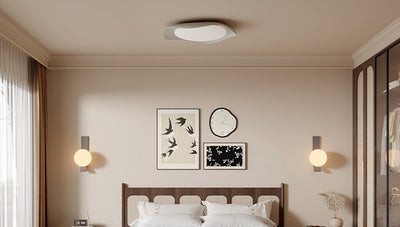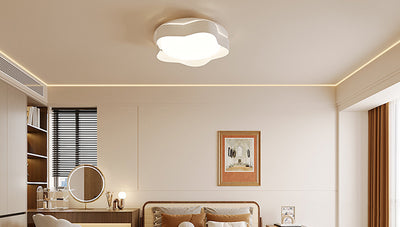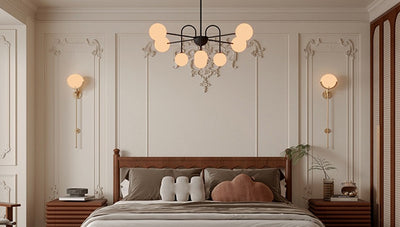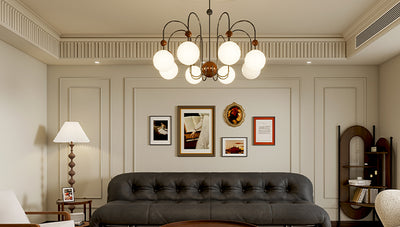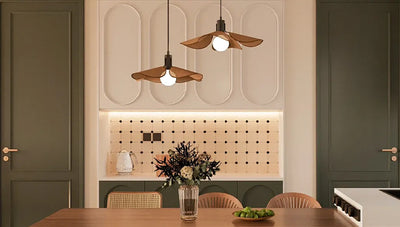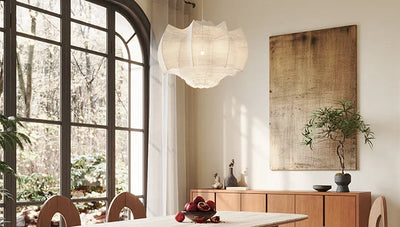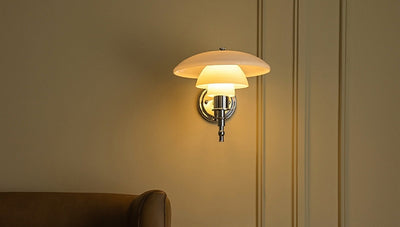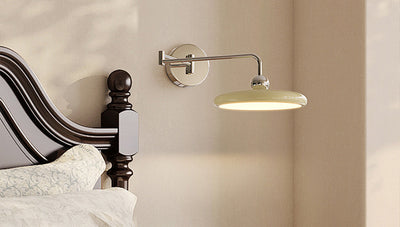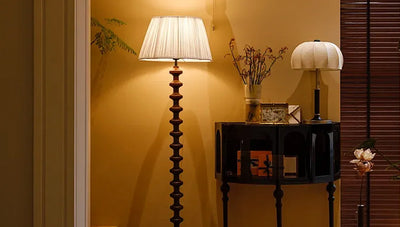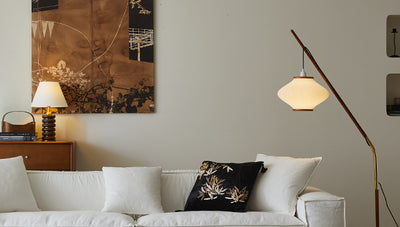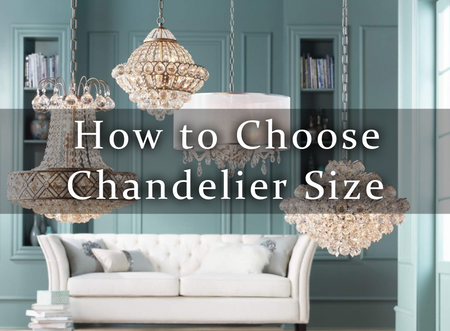What Is Chandeliers? It’s more than just a fancy light fixture hanging from your grandma dining room ceiling.
These days, chandeliers are making a serious comeback—modern or classic—they’re the statement piece that pulls a room together. But picking the right one? That’s where most folks get stuck.

Sizing feels like a math test, hanging one looks like a job for an electrician, and shopping online can turn into a scroll marathon. “Lighting sets the tone for how a space feels,” says interior designer Clara James. And she’s right—choose the wrong piece, and it can throw the whole vibe off.
About Chandeliers
Chandeliers aren’t just fancy ceiling lights—they’re design statements with centuries of style behind them.
History of Chandeliers in Design
Chandeliers have lit up homes since the medieval era, starting with wood and candle designs suspended by chains. Fast-forward through time, and you’ll find lavish crystal chandeliers in palaces and vintage pieces in Victorian homes. Their evolution traces the story of architecture and interior design itself—shifting materials from wrought iron to brass and designs from gothic to glamorous.

"Antique chandeliers aren't just décor—they're historical artifacts hanging from your ceiling." — Lina Moore, Interior Design Historian
Modern Uses for Classic Chandeliers
Today’s homes blend classic chandeliers into the unlikeliest places:
- Dining rooms get a bold touch of elegance.
- Bedrooms use mini chandeliers as statement lighting.
- Even entryways and bathrooms now flaunt vintage sparkle.
And here's the kicker: some repurposed chandeliers skip lights altogether—reborn as hanging planters or quirky wall art. Traditional meets contemporary in a seriously stylish way.
Chandelier Material Types
Below is a brief description of the most commonly used materials in chandeliers:
-
Crystal - Durability Rating: 9
- Iconic for its sparkle and elegance
- Used in luxury and classic-style chandeliers
- Best for formal spaces like dining rooms or entryways

-
Metal (Brass, Bronze, Iron) - Durability Rating: 8
- Durable and strong with a vintage or industrial vibe
- Iron works well in rustic or farmhouse styles
- Brass and bronze offer warmth and a classic tone

-
Glass - Durability Rating: 6
- Comes in clear, frosted, or colored variations
- Sleek and versatile, great for modern interiors
- Often paired with metal for a minimalist look

-
Wood - Durability Rating: 7
- Adds warmth and an organic feel
- Common in boho, coastal, or rustic decor themes
- Often mixed with metal for contrast

How to Choose Chandelier Size?
Get the perfect chandelier fit by balancing size, height, and room proportions.
Chandelier Size by Ceiling Height
Choosing the right chandelier size for your ceiling height is all about proportion and comfort. A chandelier that’s too low can mess with your room’s visual balance, while one that’s too high may fade into the background.
Here’s a quick guide:
| Ceiling Height (ft) | Ideal Hanging Length (in) | Recommended Fixture Size (in) |
|---|---|---|
| 8 | 20–24 | 13–22 |
| 10 | 24–30 | 22–30 |
| 12 | 30–36 | 31-40 |

Always account for height clearance and the ceiling type (flat, vaulted, etc.) during installation. As lighting designer Susan Park puts it: “Great lighting starts with the right scale—it’s about harmony, not just shine.”
Calculating Diameter for Room Size
Getting the diameter right for your chandelier means doing a bit of simple math—don’t worry, no calculator meltdown here!
Try this formula: Room Width + Room Length (in feet) = Ideal Chandelier Diameter (in inches) So, for a 12x14 ft room: 12 + 14 = 26 inches diameter
✔ This keeps your light fixture proportionate to the room size
✔ Avoids a tiny fixture looking lost—or a giant one swallowing the space
✔ Works for square, rectangular, or open-plan layouts
Bonus tip: If the chandelier hangs over a table, make sure it's about 1/2 to 2/3 the width of the table. Keeps things classy, not crowded.
Suitable Height for Dining Room Chandeliers
Getting the right chandelier height makes or breaks the look. Let’s help you avoid the awkward “bumping-your-head” scenario.
1. Standard Hanging Height Over Tables
The golden rule? Keep the lamp shade’s bottom about 30 inches above the tabletop. This gives enough clearance while keeping the chandelier close enough to create intimacy. For coffee tables, go slightly higher—nobody wants a shade in their face. Align the chandelier's eye level with the seated person’s line of sight for max comfort. This sweet spot gives you both style and practicality.
2. Chandelier Height for Low Ceilings
Working with a low ceiling? Don’t sweat it.
- Opt for flush-mounted fixtures
- Maintain a 7-foot clearance from the floor
- Avoid large-scale chandeliers; go for a slim fixture that won’t overpower your space
Visual balance is everything. If your ceiling height is tight, keep your chandelier’s scale subtle to avoid cramping the room.
3. Matching Table Width to Fixture Size
When choosing a chandelier, it’s all about proportion.
- Measure the table width
- Select a fixture diameter that’s about ½ to ⅔ the width of the table
- Leave 6–12 inches of space on either side
Example Table:
| Table Width (inches) | Ideal Fixture Size (inches) | Max Fixture Width |
|---|---|---|
| 36 | 18–24 | 30 |
| 48 | 24–32 | 36 |
| 60 | 30–40 | 42 |
Get that chandelier-to-table ratio just right!

Visual Balance in Dining Room Lighting
You ever walk into a dining room and just feel it’s off? That’s a visual balance issue. The chandelier, lamp, and even table style all need to vibe together.
- Use a centered chandelier to anchor the space
- Pair with ambient lighting (like wall sconces)
- Add a splash of task lighting for versatility
When everything's in sync, your dining room doesn’t just shine—it glows.
Where to Buy Chandeliers?
If someone asked interior designer Sheila Morgan where she gets her chandeliers, she would not hesitate. “For modern styles, lighting showrooms are unbeatable. If you want soul, though—go antique,” she shared during a panel at the Chicago Design Expo. That blend of function and feeling defines how buyers are shopping today.
People do not just want light. They want presence. They want a conversation starter above their table. So, where are they going?

🛒 Top Places Shoppers Are Buying Chandeliers
- Lighting showrooms: The visual impact is instant. Try before you buy. Expert advice on hand.
- Home improvement stores: Widely accessible with seasonal discounts.
- Furniture stores: Often pair chandeliers with complete room setups.
- Online retailers: Platforms like Wowoh Lighting offer wide variety, reviews, and filter-based search.
- Antique shops: Unique, historic pieces that make a space feel lived in.
- Department stores: Convenient access, especially for mass-market styles.
- Interior design stores: Curated and usually more design-forward.
- Electrical wholesalers: Often overlooked. Professionals source here for quality and price.
A reviewer on Houzz described her online shopping for chandelier delivery at Wowoh this way: “Unboxing it felt like opening a treasure chest.” That kind of joy matters.

When it comes to chandeliers, where you buy is not just about price—it defines what your light fixture says about your space.
Chandelier Installation Guide
Installing a chandelier transforms any room into a glamorous space worthy of admiration. Yet, the idea of handling wiring and hanging delicate crystals often makes homeowners nervous. “Safety is the cornerstone of every successful installation,” states Mark Reed, certified electrician and lighting specialist with 15 years of hands-on experience.
I recently sat down with Mark to discuss the essential steps of "How to Install Chandelier". "First things first—cut power at your electrical panel," he stressed emphatically. “Trust me, no chandelier, no matter how beautiful, is worth risking your safety.” 🔌
Here are Mark’s recommended steps:
-
Inspect Electrical Box and Ceiling: Verify your electrical box is rated for chandelier weight. Mark says, “If the fixture weighs over 50 pounds, you must install a reinforced electrical box—no shortcuts.”

-
Secure Mounting Bracket: Attach the mounting bracket firmly to your electrical box using appropriate screws. A tightly secured bracket ensures your chandelier never experiences unexpected downward journeys!

-
Adjust Chain and Wiring: Measure and shorten the chandelier chain to the desired length. Thread electrical wires through the chain. Mark humorously adds, “A chain that is too long spoils elegance, just like a dress hem dragging on the floor.”

-
Connect Wires Carefully: Connect chandelier wires to the ceiling wires (typically black to black and white to white). Ensure ground wires (copper/green) are securely fastened. Mark emphasizes, “Double-checking connections ensures your chandelier lights beautifully the first time.”

-
Attach Canopy and Crystals: After wiring, secure the chandelier’s canopy to hide connections. Carefully hang each crystal according to the manufacturer’s diagram. Mark smiles, recalling his first chandelier installation, “Yes, attaching crystals feels tedious—but once complete, it is like hanging stars from your ceiling.”

How Do You Hang a Chandelier?
Finding the Ceiling Joist
Before mounting your chandelier, you need to find a secure anchor point—aka the ceiling joist. A stud finder is your best buddy here. It detects ceiling joists while helping you avoid electrical wiring or plumbing pipes.

- Use a measuring tape and pencil to mark the joist center.
- Wear safety glasses, and grab a drill, hammer, and wood screws or nails.
- Drill in gently—you’re working overhead, so take it easy.
Tip: If it feels hollow when you knock, it’s not the joist—try again!
Wiring a Chandelier Safely
This part’s all about not zapping yourself—seriously. Flip that circuit breaker off first. Then:
- Test wires with a voltage tester.
- Strip wire ends using wire strippers.
- Match the chandelier wires to the electrical box wires: black to black, white to white, and always ground to ground wire.

Use wire connectors, electrical tape, and a trusty screwdriver to secure everything. Don't forget your safety glasses—they’re not just a fashion statement.
“Safety isn’t optional—it’s the foundation,” says lighting technician Carla Drew from BrightHouse Installations.
Adjusting Hanging Chain Length
Too long? Too low? Adjusting your chandelier’s chain is actually super doable. Here's how:
- Measure desired height with measuring tape.
- Use chain pliers to open s-hooks or quick links.
- Snip off excess chain with wire cutters (don’t forget those safety glasses, folks).

Make sure your chandelier is still centered before locking it all in.
LED Vs. Traditional Bulbs in Chandeliers
This shift from traditional incandescent and halogen bulbs to LED bulbs is more than just a tech upgrade. It reflects a growing awareness of energy efficiency, cost-effectiveness, and modern aesthetics.

Homeowners are starting to ask hard questions:
💡 Why does my chandelier feel too hot during dinners?
💡 Why am I changing bulbs every three months?
💡 Why do my electric bills spike after hosting a gathering?
These questions point to critical performance areas where LED bulbs clearly lead:
- Energy Efficiency: LED bulbs consume up to 80% less power than traditional incandescent bulbs. A 10W LED often replaces a 60W incandescent without losing brightness.
- Lifespan: Traditional incandescent bulbs average 1,000 hours. LEDs can exceed 25,000 hours. Some chandeliers now run for years without a single bulb change.
- Brightness and Color Temperature: LED bulbs offer precise lumen control and customizable color temperature, from warm yellow to crisp white. Halogen bulbs burn hot and bright, often lacking flexibility.
- Heat Output: “I have touched fixtures after parties where halogens were used—you could almost cook an egg,” laughs homeowner James Petrov. LEDs stay cool to the touch and protect delicate chandelier components.
- Cost: Upfront, LEDs are pricier. Yet over time, the savings in energy and replacements prove unbeatable.
- Environmental Impact: LEDs are mercury-free, emit lower carbon emissions, and reduce landfill load.
- Dimmability: While traditional bulbs are naturally dimmable, today’s high-quality LED models pair smoothly with smart dimmer switches, offering control without flickering.
- Style and Aesthetics: Contrary to outdated beliefs, modern LED bulbs are now available in antique-style filaments, flame tips, and frosted finishes—maintaining vintage charm with modern perks.
Industry reviews from Lighting Today and Interior Tech Weekly cite LEDs as the “most transformative lighting choice of the decade.” Meanwhile, brands like Wowoh and Philips proudly display ENERGY STAR certifications, boosting consumer trust.

Conclusion
Picking a chandelier is like choosing the right shoes for an outfit—it’s gotta match the style, fit the space, and feel just right. From size guides to install tips, you’ve now got the know-how to light up your space with confidence.
As interior designer Nate Berkus once said, “Your home should tell the story of who you are.” A chandelier helps tell that story, loud and clear.
Don’t let tricky heights or bulb types trip you up. Start with what you love, measure smart, and let your ceiling steal the show.

